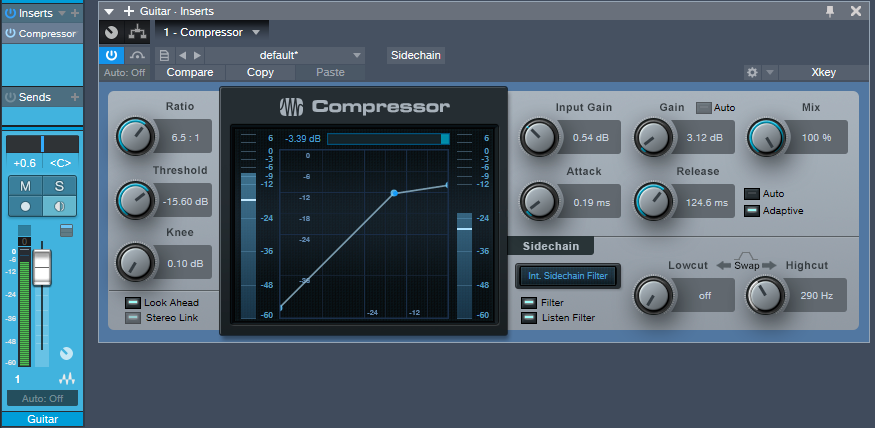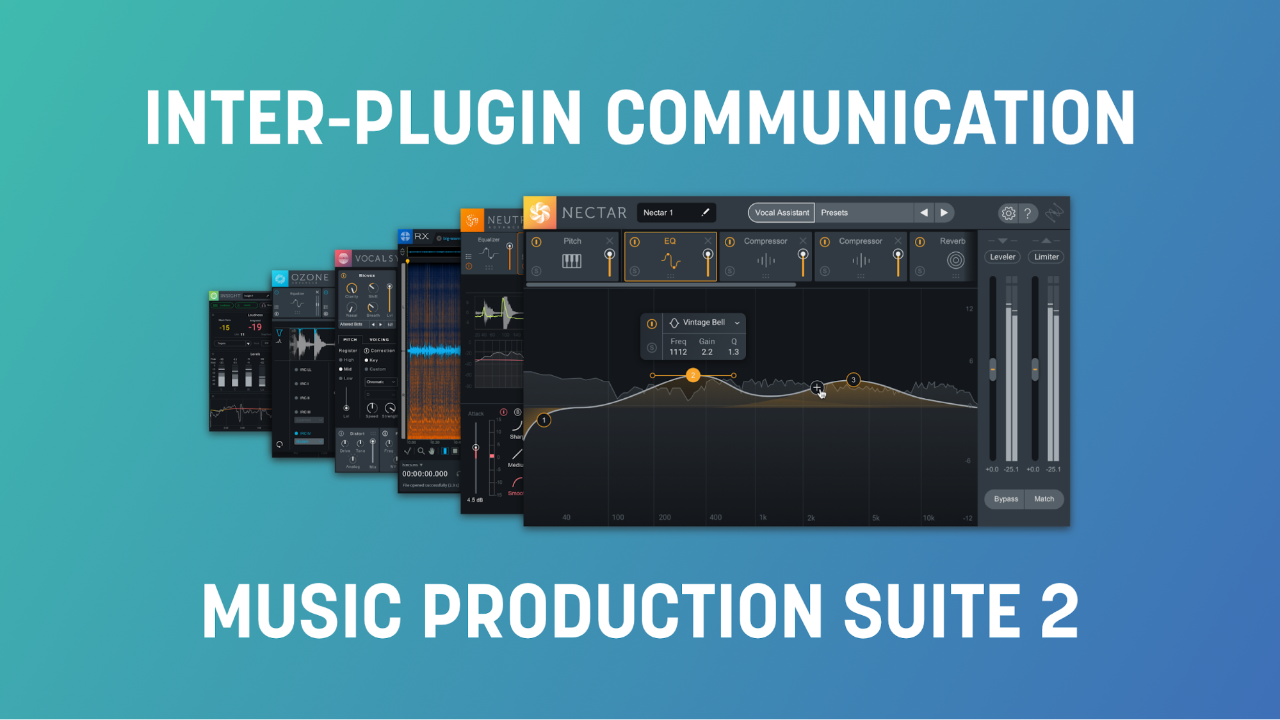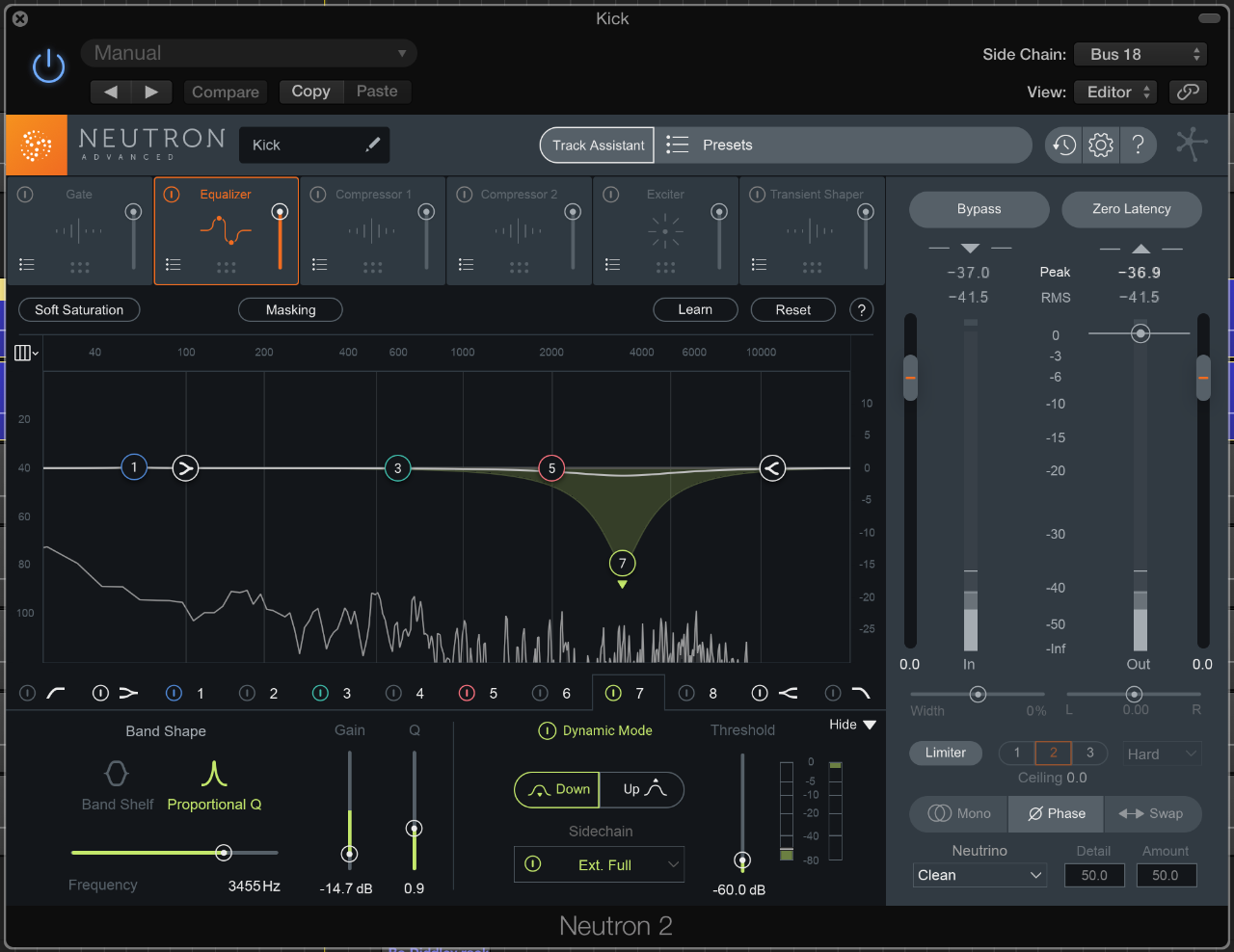11 Tips to Fix Cheap Sounding Audio in the Mix:
I don’t know about you, but I get a lot of material made in home recording studios. And while a lot of the raw sounds coming my way are great, many recordings sport flaws that impart a palpably “cheap” sound to the material. These flaws have many root causes, such as interfaces that don’t do well for dynamic range or harmonic content; rooms that impart comb filtering to vocals; basses recorded without definition; and badly mic’d drums.
It’s my task, among others, to make these “cheap” sounds feel more “expensive”—that is, to help these mixes play nicely against their better-recorded references. They need to work in a Spotify playlist. They cannot be trounced by the competition. This is my fundamental meaning when I use terms like “cheap” and “expensive.”
The audio in my room doesn’t sound “cheap”, but sometimes I mix it that way by accident.
I want to check this one out…
3. Your snare sounds like someone flicking a piece of paper
Try a cut around 6 kHz, and a boost between 100–200 Hz to see if that adds some body. If you’re lacking impact on snare hits—if it feels a bit flat—try some compression next, emphasizing the transient with a medium attack and a medium-fast release.
You may still hear that dreaded papery noise. If so, solo the snare and see if it goes away. You may be surprised: one of the first things I look for in dealing with a papery snare is whether that sound is actually coming from the kick; often it is. In this case, attenuate that frequency in the kick track with a dynamic equalizer that’s sidechained to the snare. You can easily set this up in Neutron 2, as shown below.


